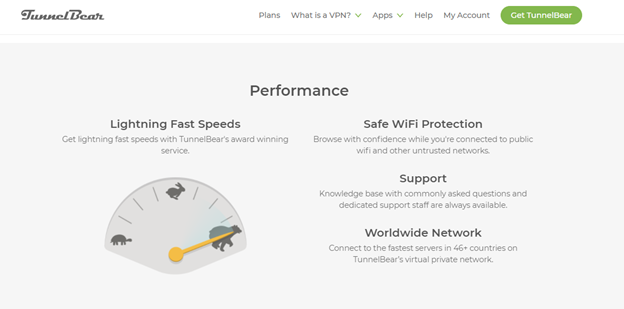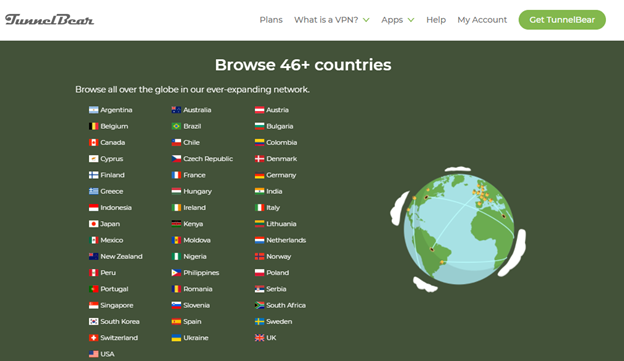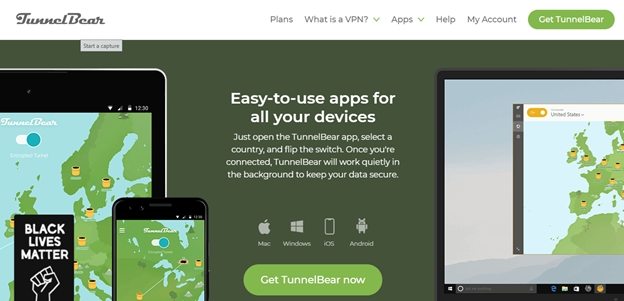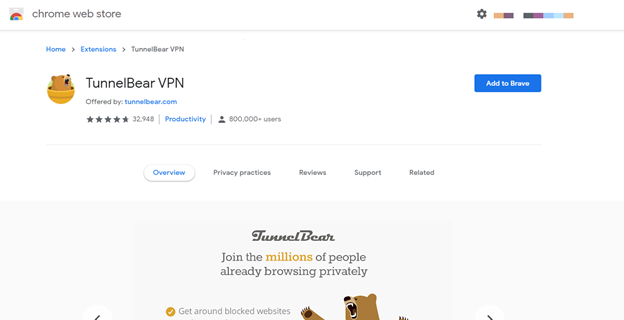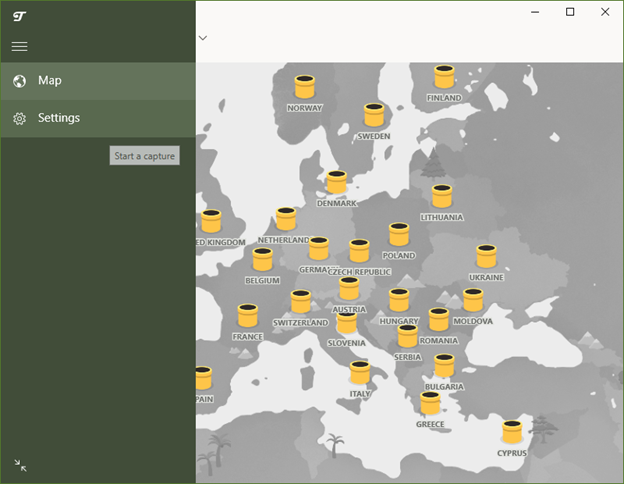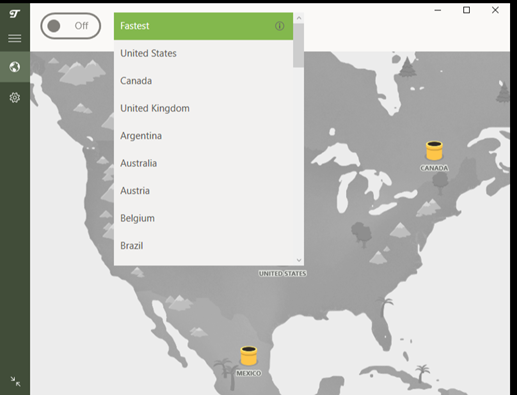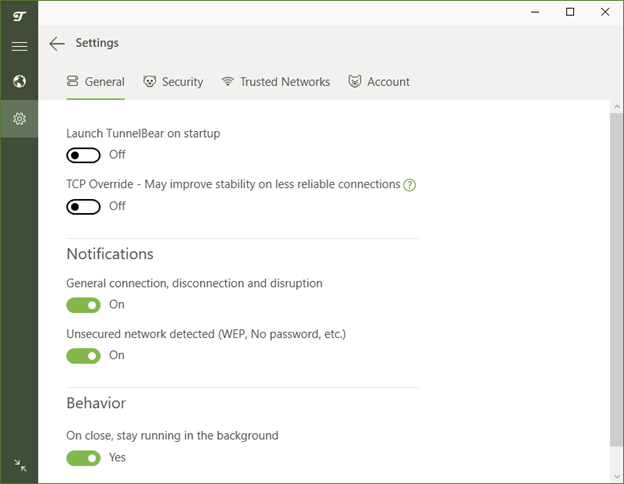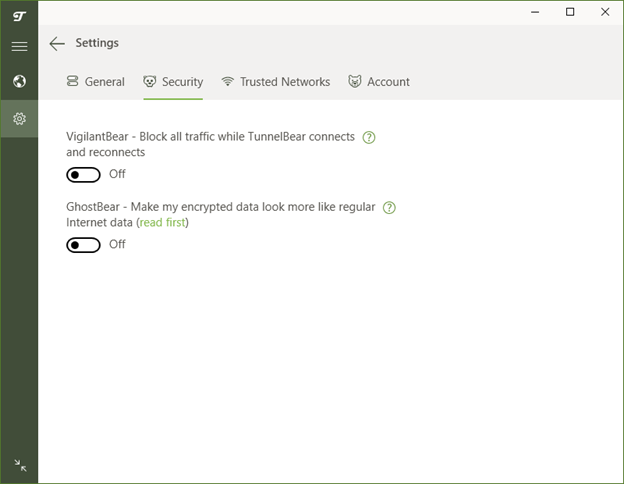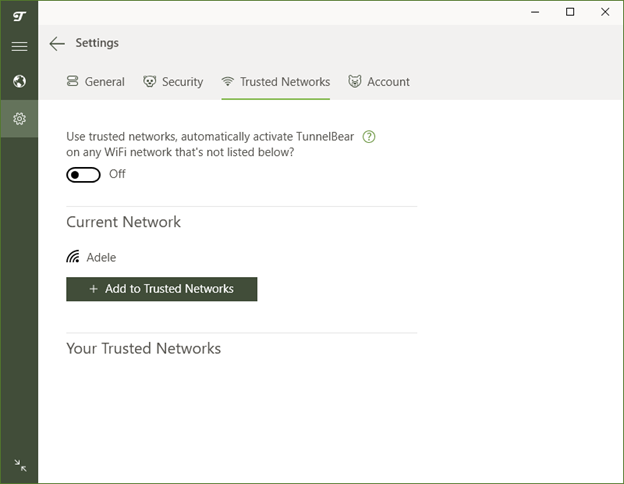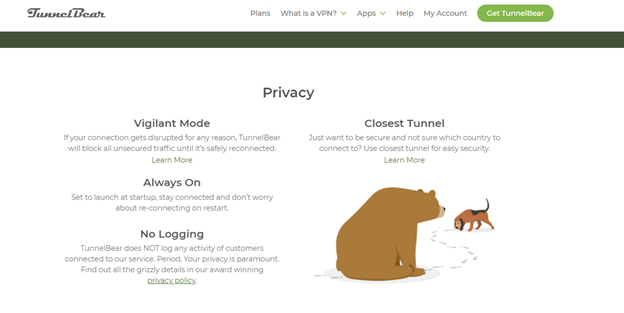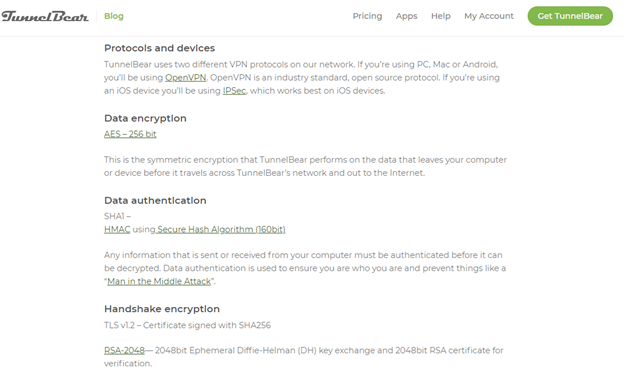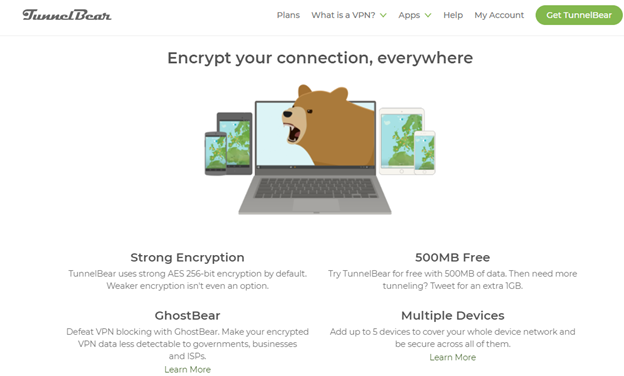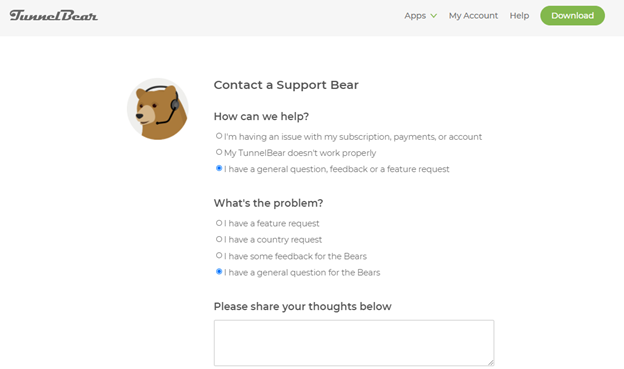A number of DNS tests were carried out to check for DNS leaks before testing via the VPN and no DNS leaks were found. While performing the same tests when connected to the VPN, a DNS leak was found using the Google DNS leak software NameBench. Further tests were carried out using dnsleaktest.com and a number of other online DNS leak testing tools, but none triggered any DNS leaks, which could indicate that the NameBench may be a false-positive. These negative results align with TunnelBear’s ‘no DNS leaks’ claim on their website.
Multiple speeds tests using VPN endpoints around the world were carried out using speedtest.net using the ‘best and fastest’ speedtest.net server closest to the VPN endpoint, and the results were interesting. For the download speeds, when connected to the VPN the download speeds dropped to between 6 – 25% of the ISPs speeds when not connected to the VPN, although out of the 16 speed tests carried out, 15 were closer to the 25%. The upload speeds, when connected to the VPN, were very poor, with speeds dropping to 0.6 – 11% of the ISP upload speed. Only one test out of 16 managed to get over 100Mbps, and the remaining were below 25Mbps for uploads.
Further tests were carried out from the London VPN endpoint to various speedtest.net locations around the world and the results showed the download speeds only dropping to 12% of the ISP speed to Phoenix, US but again upload speeds were dependent on location with the European tests near to London providing reasonable uploads but when upload to the US and South America uploads dropped as low as 0.07% of the ISP upload speed!
Compared to other VPN providers, TunnelBear does not allow the user to select servers or cities within countries to connect to; this could mean that all users are using the same servers within the TunnelBear infrastructure, which could result in slower download\upload speeds due to loads on the server. Some other VPN providers have an indicator within their software that shows the load on their servers, allowing the user to decide on what server to connect to for better performance.
For services such as YouTube and Netflix, both sites were accessible via the VPN and testing for 8k video streaming on YouTube was reasonably good for general viewing if the user didn’t mind 1-2 seconds of buffering for the 8k trade-off; otherwise, 4k streaming had no buffering and provided a good view experience.
Overall, from an end-user experience, general browsing and video streaming via TunnelBear provided a good experience. Still, users who require good upload speeds for file sharing, etc., may experience poor performance.







